Optimal Timing for Roof Reshingling

Ways to make Roof Reshinglings work in tight or awkward layouts.

Popular materials for Roof Reshinglings and why they hold up over time.
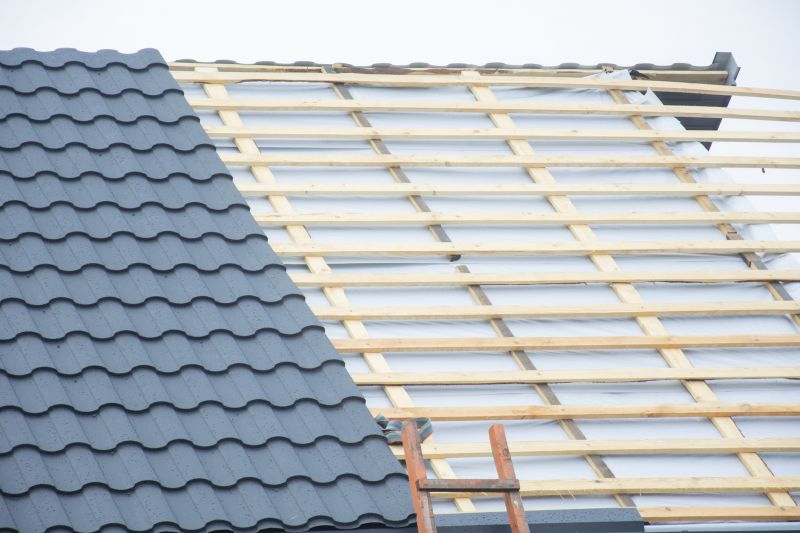
Simple add-ons that improve Roof Reshinglings without blowing the budget.

High-end options that actually feel worth it for Roof Reshinglings.

Finishes and colors that play nicely with Roof Reshinglings.
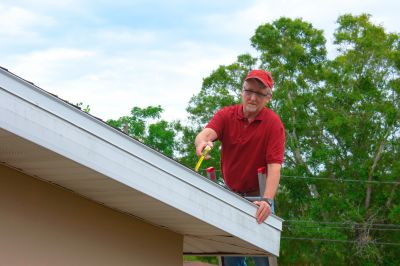
Little measurements that prevent headaches on Roof Reshinglings day.
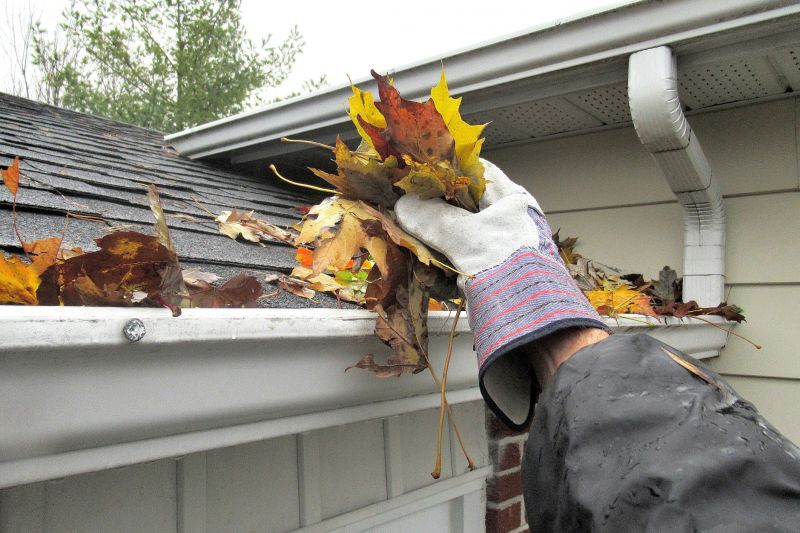
A 60-second routine that keeps Roof Reshinglings looking new.
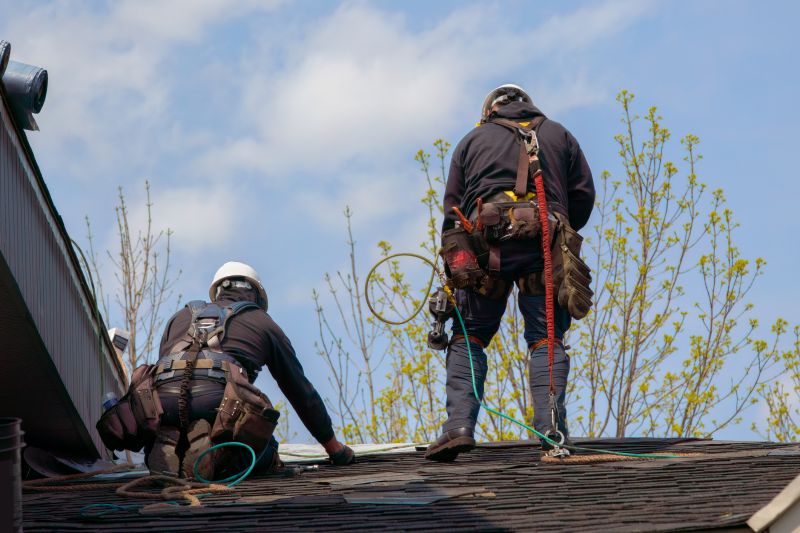
A frequent mistake in Roof Reshinglings and how to dodge it.
Roof reshinglings involve replacing or overlaying existing roof coverings to extend the roof's lifespan and improve its performance. Proper timing ensures optimal results, minimizes disruptions, and can prevent costly repairs. Weather conditions, temperature, and seasonal factors influence the ideal window for reshingling projects.
Statistics indicate that scheduling roof work during mild weather reduces delays and enhances quality. Approximately 70% of roof replacements are completed in spring and early fall when temperatures are moderate. Extreme heat or cold can compromise materials and installation effectiveness.
Spring and fall are generally preferred due to moderate temperatures and lower precipitation levels.
Rain, snow, and high humidity can delay projects and affect material adhesion.
Temperature-sensitive materials perform best within specific temperature ranges, typically between 45°F and 85°F.
Scheduling during less busy periods can lead to better service and more flexible timelines.

Small tweaks to make Roof Reshinglings safer and easier to use.

Lower-waste or water-saving choices for Roof Reshinglings.
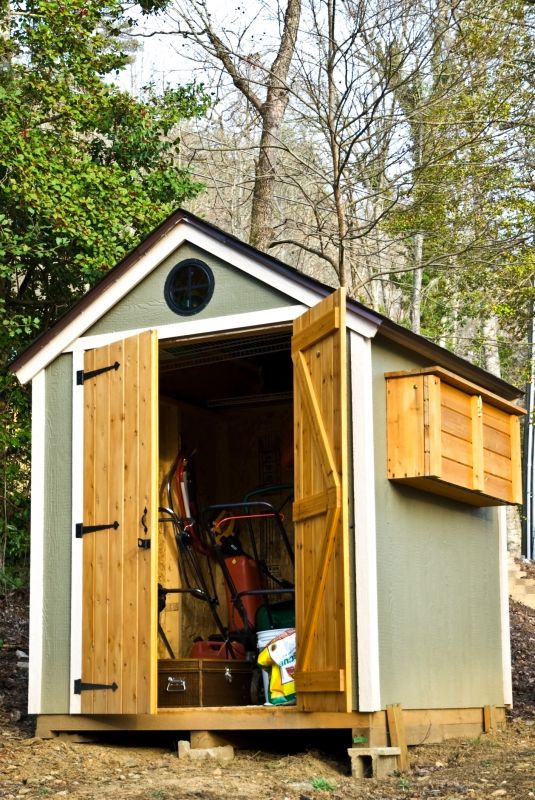
The short, realistic tool list for quality Roof Reshinglings.
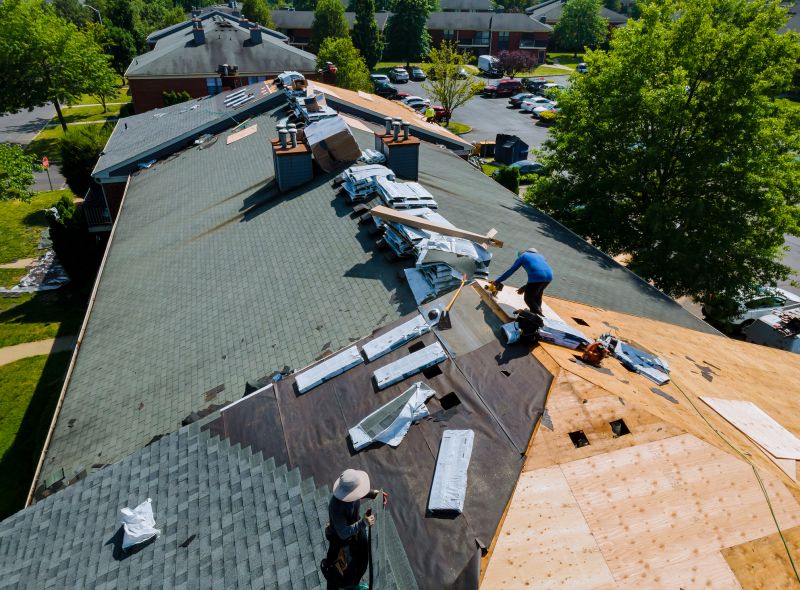
Rough timing from prep to clean-up for Roof Reshinglings.
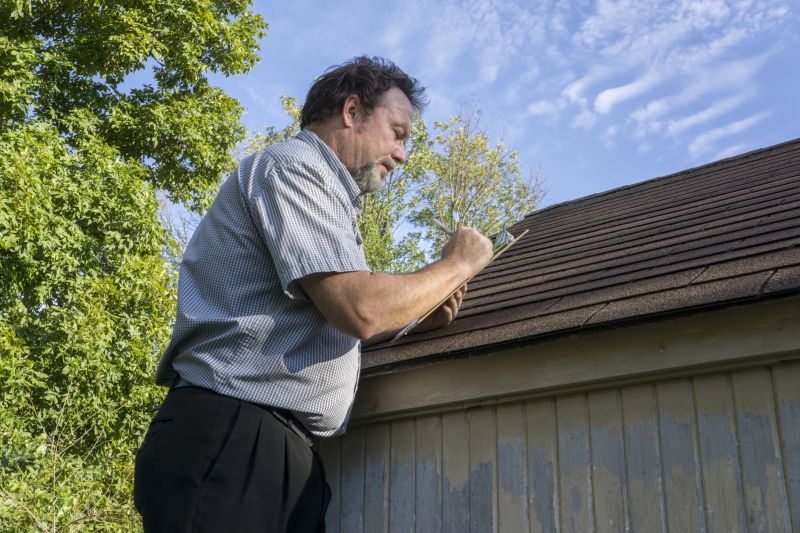
Quick checks and paperwork to keep after Roof Reshinglings.

Examples that show the impact a good Roof Reshinglings can make.
| Season | Ideal Conditions |
|---|---|
| Spring | Moderate temperatures, low precipitation |
| Fall | Cool temperatures, dry weather |
| Summer | High temperatures, risk of heat damage |
| Winter | Cold temperatures, snow and ice present |
| Off-Peak Seasons | Less busy, flexible scheduling |
